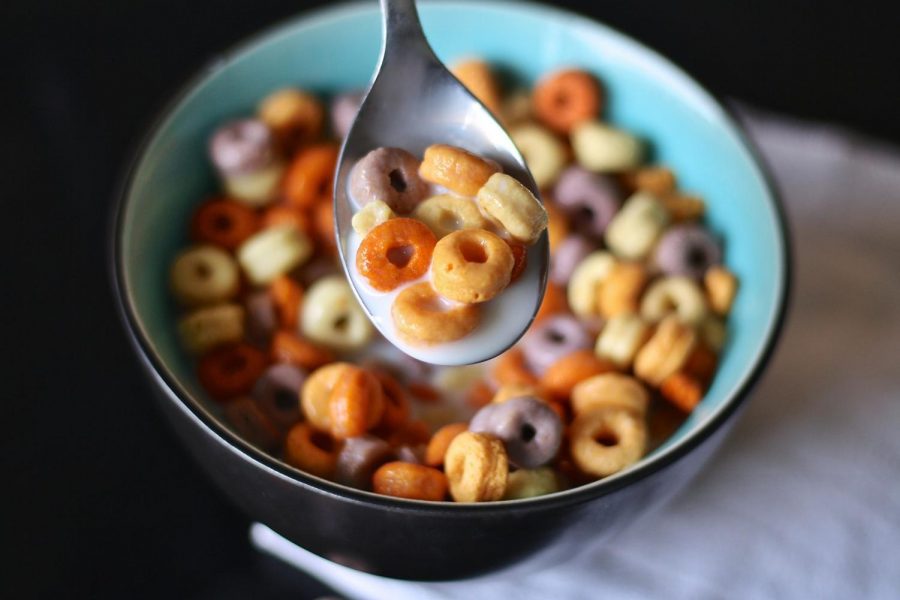CCC: Serving Size
https://pixabay.com/images/id-1444495/
November 30, 2020
If there’s one thing we Americans need to learn and understand a little better, it’s portion control. New “value deals” that offer more unhealthy foods, more conveniently, for less money all around, it seems silly to pass up on special offers. Where we already struggle in making proper, healthy choices with what we eat, cereal companies don’t make it any easier for people to make the right decisions.
It’s no secret that most breakfast cereals available on the market are not very good for you and often contain copious amounts of unhealthy ingredients. If we are being completely honest, Reese’s Puffs aren’t great to be having any time of day, but when things are put into perspective a little bit, moderation is key. Meaning, unhealthy foods can be okay with proper portion control, as with everything.
Complex serving sizes mock the consumer from store shelves by making things unnecessarily difficult for the common person to understand. Upon surveying a nutrition label, one may find, “hey, this is relatively low in calories and unhealthy ingredients, so this is a smart decision,” but upon closer examination can find that they’ve made a poor choice because the serving size is much smaller than what they had realized.
Breakfast cereals are a perfect and, sadly, very common example of this. Cereal serving sizes can range anywhere from half a cup, to three fourths cup, to one cup, to a cup and a half, and to 45 grams. This is almost intended to swindle and encourage the consumer into thinking they’re making a healthy choice when they really aren’t. Because if we’re being realistic, how many people weigh their morning cereal on a food scale every day?
A designated serving of the ever-popular General Mills’s Reese’s Puffs cereal is three fourths of a cup, which provides 120 calories, and 9 grams of sugar. Unless you’ve properly examined the nutrition label, upon first glance and thought, you may think that a single bowl of delicious Reese’s Puffs is shockingly only 120 calories! However, we often serve more than three fourths of a cup in a bowl of morning cereal.
When comparing it to other cereals, it’s easy to get confused. Heck, I’m confused. For example, a single serving of Cheerios has the same number of calories as a single serving of Frosted Flakes with 140 calories per serving. This sounds great, but it may pain you to find out that the serving size of those Cheerios is one and a half times that of Frosted Flakes. Meaning, it’s 140 calories for one cup of Frosted Flakes, but 140 calories for a single serving size of a cup and a half of Cheerios.
To complicate things even further, value size boxes which contain more cereal inside for longer lasting products, often have a much larger serving size than a small box of the same cereal. Why? That’s a great question. Even further, some boxes display different serving sizes for different ages. Cheerios has a serving recommendation for children 1-3 years old, and a separate one for people over the age of four.
If this wasn’t complex enough, some boxes also give serving size nutrition with the addition of milk. Seems handy, but the chances are you aren’t using the same kind of milk as every other kid in the country.
In my expert opinion, there should be a regulation that states every cereal needs to have a single consistent serving size to help people better understand what they’re putting in their bodies. A serving size of one cup, and a nutrition label providing information based on that will help people out and make things less confusing. It’s difficult enough as it is to pick proper portion control, cereals should do their best to help people out.


